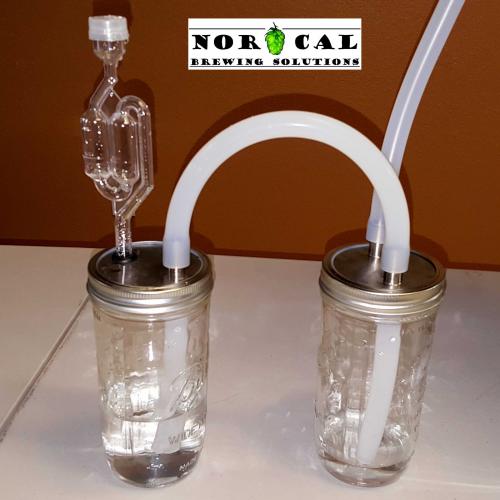toddo97
Well-Known Member
I know the big problem with cold crashing is suck back. If I were to use a solid bung rather than an airlock when I cold crash it would presumably prevent any suck back. Once it's reached 32-34 degrees for a day or two, would it make any sense to bring the temp back up to fermentation temps? Would that balance out the pressure difference caused by the crashing but still retain the settling benefits?






















































![Craft A Brew - Safale BE-256 Yeast - Fermentis - Belgian Ale Dry Yeast - For Belgian & Strong Ales - Ingredients for Home Brewing - Beer Making Supplies - [3 Pack]](https://m.media-amazon.com/images/I/51bcKEwQmWL._SL500_.jpg)




